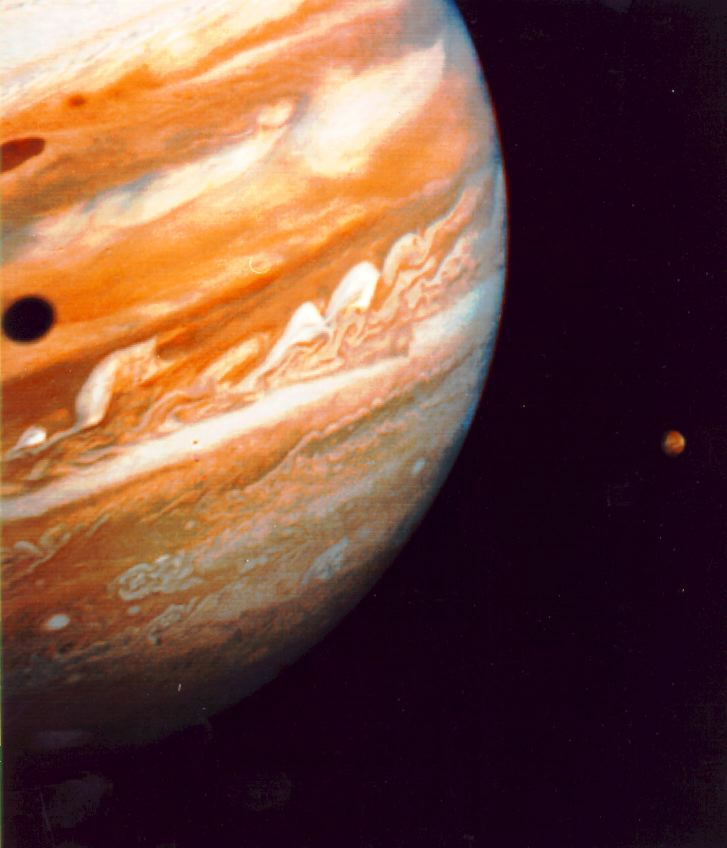At the outset of the 2700's it had become clear that organizations with investments in the Sun System would be willing to practice a kind of Eugenics. These firms could not and would not be tolerated on the Earth because companies that existed solely on Earth no longer behaved in an institutionalized fashion. The idea of employee and employer, where the employed had perceived value based on performance and the employer's objective was to minimize collateral damage through a hire and fire process, was simply a dated formula. The most successful organizations had become, instead, groups of contributers bound only by the "will" to participate. Technology had simply destroyed the institutions of old.
Yet in the Sun System, the "Institution" was reborn. It had been said that no company would survive in the Sun System without a "Space Ego" fountain head. This appeared to be true because individuals did not pursue the Sun System through necessity, but rather a personal agenda. Indeed, power was gained through explorational successes, but large groups of people did not benefit by the outcomes. The Sun System had become a grab bag for the overly assertive and this became the acceptable standard. One simply did not think twice about the larger than life personalities whom sought to pioneer the Sun System.
It is important to make a distinction between "near Earth space" and the transpiring of events that unfolded in the hands of the more dreadful institutional powers beyond the moon. Earth orbit, Earth Moon, and Moon orbit were descriptions of distances accessible to the broad public. Mars activity and any who did business along the KJ ports, were also typically players within the political spectrum. Lythia, the new Mars city was still in it's infancy by 2750. It had not become a populated city as once hoped, like the touristy cities on the moon, but rather a ghost town. There was no shortage of material, or funding. Lythia was brilliant. The problem it seemed related to distrust of the transports.
With an intellectual war raging about Eugenics, a fear paralyzed the possible inhabitants of the city for fear that leaving could become an issue. The Human Earth triage put forth an argument that captivated the mainstream; that to move to Mars was to, in effect, move into a transitional period destined to create Martians; that becoming a Martian was becoming not human. While the Transparency platform agreed that this was another step towards non Terra evolutionary paths, it did not equate to a loss of humanity.
Between 2750 and 2800 the largest players in deep system space were solidifying their alliances. Legacy, Newton, and Xaero had a kind of monopoly on GHS technology. These companies were not aggressively pursuing discoveries but instead, conservatively expanding what was essentially a product line of artificial gravity systems, the offspring of Claudia Sherm's Spin System company in centuries prior. These players were all backed by the Human-Earth platform because they mutually benefited.
The adversary to this alliance was the Juno-Grace alliance. Their interests aligned with the platform of the Transparencies because within a certain acceptable ideology, they could justify deliberate selective hiring based on genetics. The human population was so large, they could cherry pick individuals that allowed them to build teams of workers with superior abilities to survive in a diverse combination of gravities. Both of these alliances were grand contenders. Both intended to dominate the Sun System. On the Earth, people were waiting. They wondered if, in fact, there would be blood.

 By the 2930's mandates on human parameters had transitioned into a passive cultural awareness, a kind of de-legislation. It was accepted that changes should and would occur as a result of adaptation and the guiding principals could be left cultural; that legislation was an artificial source of comfort. The processes of evolution was slow enough that it could be managed by the same processes that occurred on the Earth, now widely knows as conscious selection.
By the 2930's mandates on human parameters had transitioned into a passive cultural awareness, a kind of de-legislation. It was accepted that changes should and would occur as a result of adaptation and the guiding principals could be left cultural; that legislation was an artificial source of comfort. The processes of evolution was slow enough that it could be managed by the same processes that occurred on the Earth, now widely knows as conscious selection.









